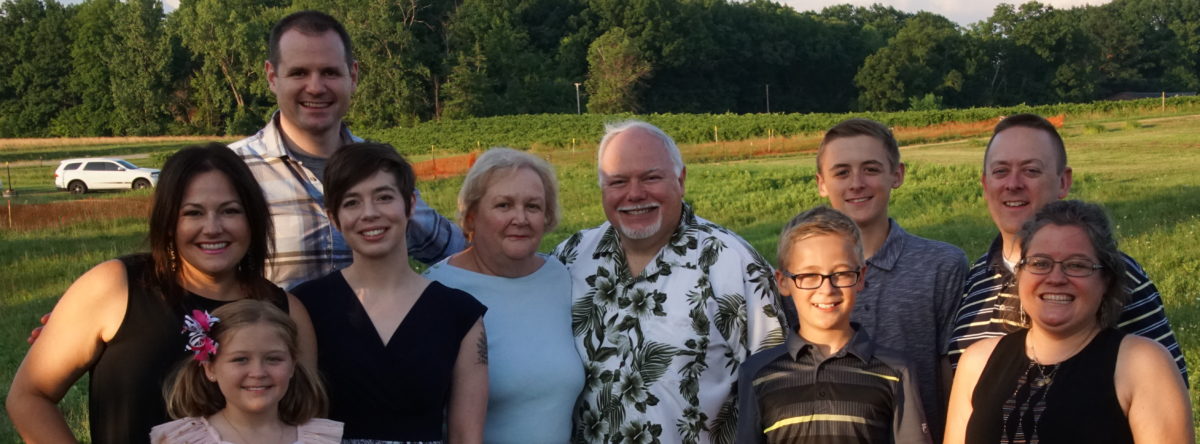Our parents and grandparents on both sides were involved in community affairs, so perhaps volunteering and community service are just in the family DNA. Whatever the reason, I have been interested in politics for nearly sixty years now.
My earliest taste came at the end of seventh grade, when John Phillips beat me in the election for eighth-grade class president. Activism came in the eighth grade, when the teacher for some reason closed the classroom library. I circulated a petition to get it reopened, incurring the teacher’s wrath–a wrath that endured even beyond the eighth grade.1
Those who know me now won’t find that surprising. What they may find surprising is the circuitous path I’ve followed in politics–because I’ve seen partisan politics from both sides now, and the result affects my view of political ideology, parties, and the present Presidential race.
My high school had a Political Science Club2, and early on I became involved in conservative Republican politics.3 With a friend whose uncle was a Republican party official, I started attending ward meetings. Pretty soon I was recording speeches by Richard Nixon and Ronald Reagan on my fancy new reel-to-reel tape recorder. I volunteered in Barry Goldwater’s campaign as a sophomore, and became a Republican precinct captain and credentialed poll-watcher years before I was eligible to vote.
Most of the adults I hung around with were cultural conservatives; some were classic economic conservatives, and a few were libertarians. Strongly anti-communist and pro-defense, I demonstrated in favor of the Vietnam war. Lacking the $24 annual dues to join the John Birch Society, I instead joined a chapter of Young Americans for Freedom and edited its newsletter. Eventually, my work brought me into contact with conspiracy theorists and militiamen; by the time I graduated, the crazier elements had scared me off.
I spent my college years pretty much without a political ideology or party affiliation. I recall favoring Nixon for President in 1968, while I was still too young to vote.4 (At John Carroll’s mock Republican convention, at the urging of a brother from Maryland, our fraternity nominated his governor, Spiro T. Agnew, who became Nixon’s first Vice President.)5
Many who know me now know some of the rest. As a newly-minted teacher after graduation, my work eventually led me into a leadership role in my teacher union. As a teacher union activist, I soon learned that Democrats were generally friendlier to workers and to public education than Republicans. Although I supported a fair number of reasonable Republican legislators, I found myself supporting Democrats most of the time, and registered as a Democrat.
Eventually, I became a precinct official once again–this time for the Democratic party. I held positions on Cuyahoga County’s Democratic Party Central Committee and Executive Committee, and my local Democratic club, until just a few years ago.
Hopefully I learned something from these varied political experiences. Next I’ll try to identify some lessons learned from my experiences as a foot soldier for both parties. This schizophrenic political history should be good for something!
Notes:
- A couple of years later, I ran into her while I was distributing political literature near the church, and she expressed surprise that I wasn’t in jail. ↩
- It was the sixties, after all. ↩
- And recall that this was in Chicago, where I think they hunt Republicans with trained dogs. ↩
- It wasn’t until the year I turned 21 that the 26th Amendment lowered the voting age to 18. ↩
- Until Spiro’s conviction for felony tax evasion opened the way for Gerald Ford. ↩
